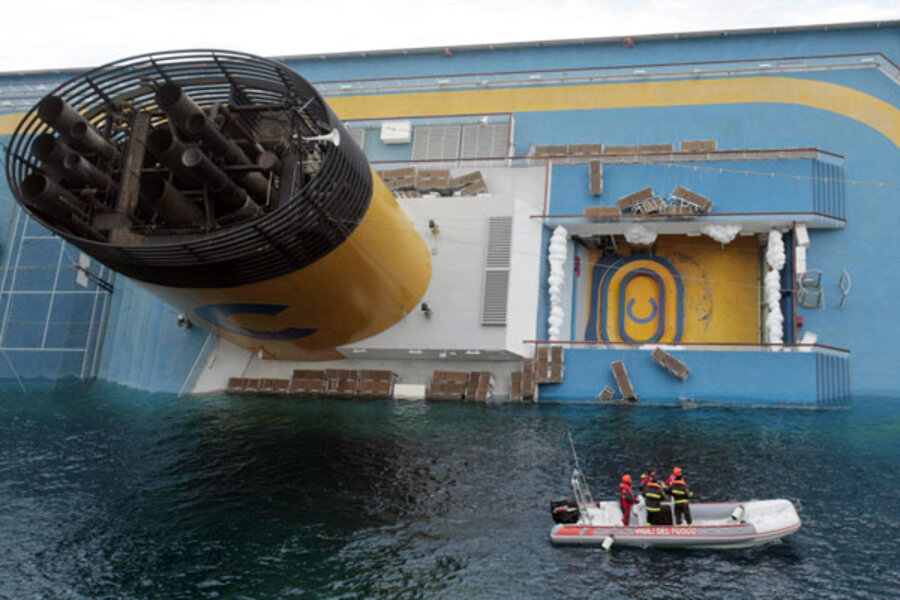The captain of the Costa Concordia cruise boat that ran aground off Tuscany on Friday claims the rock he hit wasn’t marked on navigational charts, reports Reuters. But maritime lawyer David Y. Loh says relying on one navigation system is never fail-proof.
“[A large rock] wouldn’t show up if the [electronic] navigation system was turned off,” Mr. Loh says. “If it was turned on and operating properly it would work properly, but that also presumes someone is monitoring the system and its settings.”
Some navigation systems will have an alarm built in that will go off when it is close to hazards, Loh says. When a boat is leaving port and close to land the alarm may go off incessantly. “If you’re close to land you might turn [the alarm] off to prevent that,” he says.
Steering a large vessel like the Costa Concordia cruise boat should never rely solely on electronic navigation systems, Loh says. “I don’t know why they were so close and whether or not [the ship] was in a sea lane,” says Loh, but if they intended to take that route, procedure would have likely called for consulting with a local pilot familiar with the coastal terrain.







